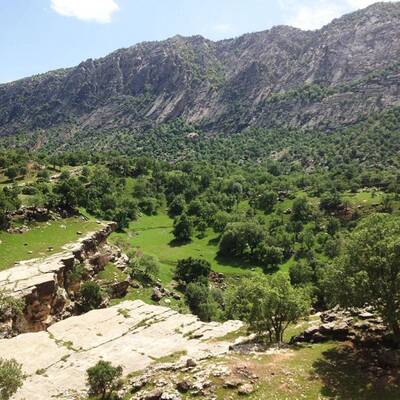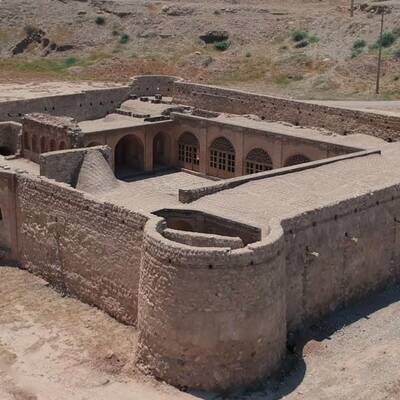140km from Ilam, there are ruins of a historical city. In the existing ruins in the Darreh-Shahr, which is a remnant of a city from the Sassanid era, the remains of crossroads, alleys, guarding towers, drainage system, and active sewage and urban planning of that period remain. Also, unique beds have been obtained in this ancient city. The coin found in the ruins of Darreh-Shahr is a sign of the reign of Khosrow III. The location of the Darreh-Shahr next to Kabirkuh and the ruins of the ancient Sassanid city of Madakto and the roaring Seymareh river has made this city very important among historians and archaeologists today. So it has been called the first historical city of the Sassanid period. The first archeological museum of Ilam province, also known as the only specialized archeological museum in the west of the country, started in 2005 in this historical city. Darreh-Shahr city has 545 historical and natural monuments, 140 of which are registered in the list of national monuments.
Darreh-Shahr is a historical monument in Ilam that has attracted many foreign tourists, and this historical city is known as the most important historical monument in Ilam province. In recent years, various historical artifacts have been obtained from Darreh-Shahr city, especially the historical city of Seymareh, which is currently kept on the site of Darreh-Shahr Museum. More than 300 historical and cultural objects belonging to different periods are kept in this museum, which includes stucco, coins, pottery related to different historical periods, including Achaemenid and Sassanid.
Currently, 100 historical monuments, the registration process of which has been carried out in the safe repository of objects in the province, are kept in the Darreh-Shahr Museum. These artifacts include pottery, daggers, and ornaments that have been discovered within the historic city of Darreh-Shahr and are on public display today. This historical city, Madakto, is one of the first works registered in the list of national monuments of Iran in 1931.
شهر%20تاريخي%20دره%20شهر.jpg)
.jpg)

شهر تاريخي دره شهر.jpg)
شهرتاريخي دره شهر.jpg)
شهر تاريخي دره شهر_0.jpg)
شهر تاريخي دره شهر.jpg)
شهر%20تاريخي%20دره%20شهر.jpg)

